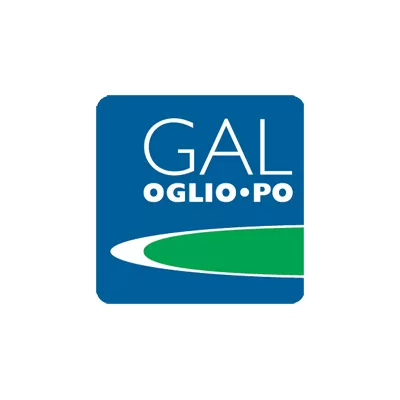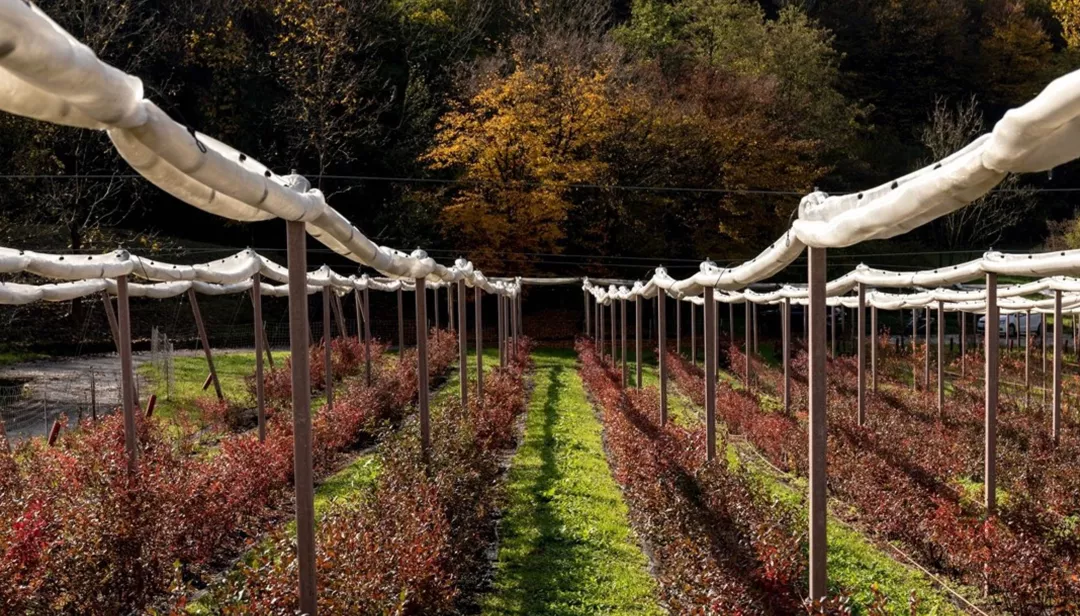General information
RDP Priority
- P6. Social inclusion and local development
RDP Focus Area
- 6B: Local development
RDP Measure
- M19: LEADER/CLLD
Summary
Four partner Local Action Groups (LAGs) in Lombardy used CAP funding to coordinate their efforts to improve the resilience of agricultural systems and enhance their ecosystem services. Supported by the National Research Council, they used a simulation model to analyse the effects of climate change on their territories and developed a joint action plan for climate change mitigation and adaptation.
Results
Data and information about climate change relating to various terrains and environments was provided to the relevant local stakeholders. The project also increased knowledge about the role of plants, forests and green areas in climate change mitigation and alternate sustainable agricultural practices.

Promoter
LAG Oglio Po (Lead Partner)
LAG Valtellina Valle dei Sapori
LAG Valle Brembana 2020
LAG Parco Colli di Bergamo e del Canto Alto
Funding
Total budget 435 500.00 (EUR)
EAFRD 205 538.00 (EUR)
National/Regional 169 462.00 (EUR)
Private 60 500.00 (EUR)
Resources
Documents
Climactive 2050
(PDF – 2.1 MB)
Context
Local Action Groups (LAGs) may offer a wide range of actions to support environment- and climate-related objectives in their Local Development Strategies. Four LAGs operating in various parts of Lombardy saw an opportunity to align their Local Development Strategies in order to jointly undertake coordinated efforts to tackle the negative effects of climate change in their diverse region.
The Brembana Valley 2020 LAG (mountain area), the Valtellina Valley of Flavours LAG (mountain area), the Colli di Bergamo and Canto Alto LAG (hilly area), together with the Oglio Po LAG (lowland area) as the lead partner, decided to develop a joint strategy on climate change that would take into consideration the specific characteristics of each area.
Each of the LAGs faced, to a greater or lesser extent, similar problems relating to water management, anthropogenic pressures, degradation of landscapes and habitats, pollution, and limited use of sustainable agricultural practices. Another common problem which this LAG partnership identified was a lack of coordinated data collection between stakeholders, which was affecting their ability to monitor and plan for climate action. Additionally, there was generally a low level of understanding within local communities about the links between agricultural practices and climate adaptation, coupled with a lack of motivation for change.
Objectives
The aim of this project was to promote sustainable development and the efficient management of natural resources through joint action across diverse habitats and landscapes.
Activities
The four LAGs cooperated with the National Research Council to test two models for estimating the absorption of CO2 and O2 respiration in plants. This research led to the development of a simulation model to analyse the effect of climate change across the LAGs’ combined territories. For each plant species, the model calculates the sequestration of CO2 and atmospheric pollutants according to their location, number, age, health, etc.
Each LAG contacted agricultural associations that could contribute their own examples of best practice for agricultural sustainability, particularly those run by young people. They also involved regional parks and reserves, municipalities, local research centres and businesses before drafting a shared programme of interventions to mitigate the effects of climate change across the 2023-2027 programming period.
Finally, they promoted collaborative and cooperative initiatives between stakeholders, such as payment schemes for ecosystem services.
Main results
Data and information about climate change, relating to various terrains and environmental conditions within the area, was provided to the relevant local stakeholders. The project increased knowledge about the role of plants, forests and green areas in climate change mitigation, as well as possible adaptation practices to combat negative effects from climate change in the region, and it promoted the role of young farmers in sustainable agriculture.
The Valle Brembana 2020 LAG focused on sustainable practices targeting meadows/pastures and forest protection areas.
The Valtellina LAG consolidated its collaboration with research centres and local partners, spreading innovative processes and practices for mitigating climate change.
The Colli di Bergamo e Canto Alto LAG focused on analysing and monitoring the forest systems in its area.
The Oglio Po LAG monitored the water supply, identified which areas are most vulnerable to climate change and created pilots for implementing different sustainable agricultural practices.
Key lessons
Mitigating the effects of climate change requires joint planning across rural areas based on precise data and a commitment to (and investment in) young farmers, whose increased climate awareness enables them to lead for change.
